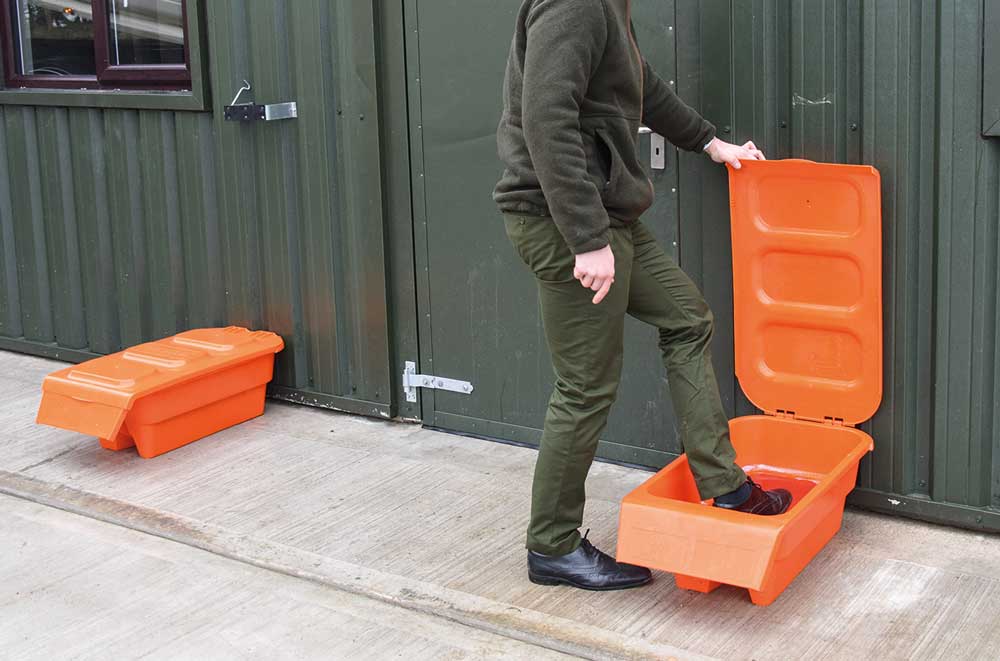
Biosecurity is the "prevention of disease-causing agents entering or leaving any place where they can pose a risk to farm animals, other animals."
If the definition alone is not enough to make all smallholders and farmers alike stand up and pay attention, then the rest of this article should.
In the light of one of the most severe outbreaks of avian flu the country has ever seen, the housing order for England was introduced on the 7 November,
Northern Ireland introduced theirs on the 28 November, Wales starts on 2 December and Scotland have yet to announce one.
This mandatory housing order is one of the more severe measures that can be implemented and is something of a last resort, with other measures having proven insufficient.
Of course, the absolute last resort, when it comes to biosecurity involves the culling of livestock, but with the obvious sadness and the financial loss, (dead birds are not insured against avian flu) it is definitely an undesirable outcome.
Specialist biosecurity companies like Livetec Systems exist precisely to help farmers to put measures in place that help to ensure that culling is as unlikely a scenario as possible.
How can a biosecurity plan be put in place?
The first step to coming up with a biosecurity plan for any premises should involve a thorough review of current practice. This is best carried out in conjunction with a firm with biosecurity expertise, but involves:
Looking at any potential cross-contamination of livestock
One of the most common areas a farm can fall down on in terms of biosecurity is in ensuring that animals do not move between distinct areas of farms and new animals are kept away from existing flocks or herds.
In addition, it is equally important that any farm’s livestock is kept away from animals from neighbouring farms. Ensuring best practice here will dramatically reduce the risk of spreading disease.
Ensuring all machinery is disinfected
Machinery is often lent from farm to farm or rented. Under all circumstances machinery should be disinfected before it is returned and before it is used.
Failure here is responsible for a large hole in the biosecurity of farms. In addition, when visitors to the farm bring vehicles in from the outside, disinfection procedures should be followed, and vehicles (as well as pets) are kept away from livestock. This is absolutely pivotal in ensuring biosecurity best practice.
Getting everyone on board
“Teamwork makes the dream work” may be an overused expression, but insofar as biosecurity is concerned, it is the only way to make it work.
Everyone who comes and goes on a farm must be fully versed in all procedure, so education, training and reinforcing best practice is vital.
Having a clear, well defined daily, weekly, monthly, and yearly routine will ensure that all procedures are adhered to.
Making sure those responsible for one area of a farm do not move to another area in the same clothes, for instance, can make a big difference in terms of shoring up biosecurity.
